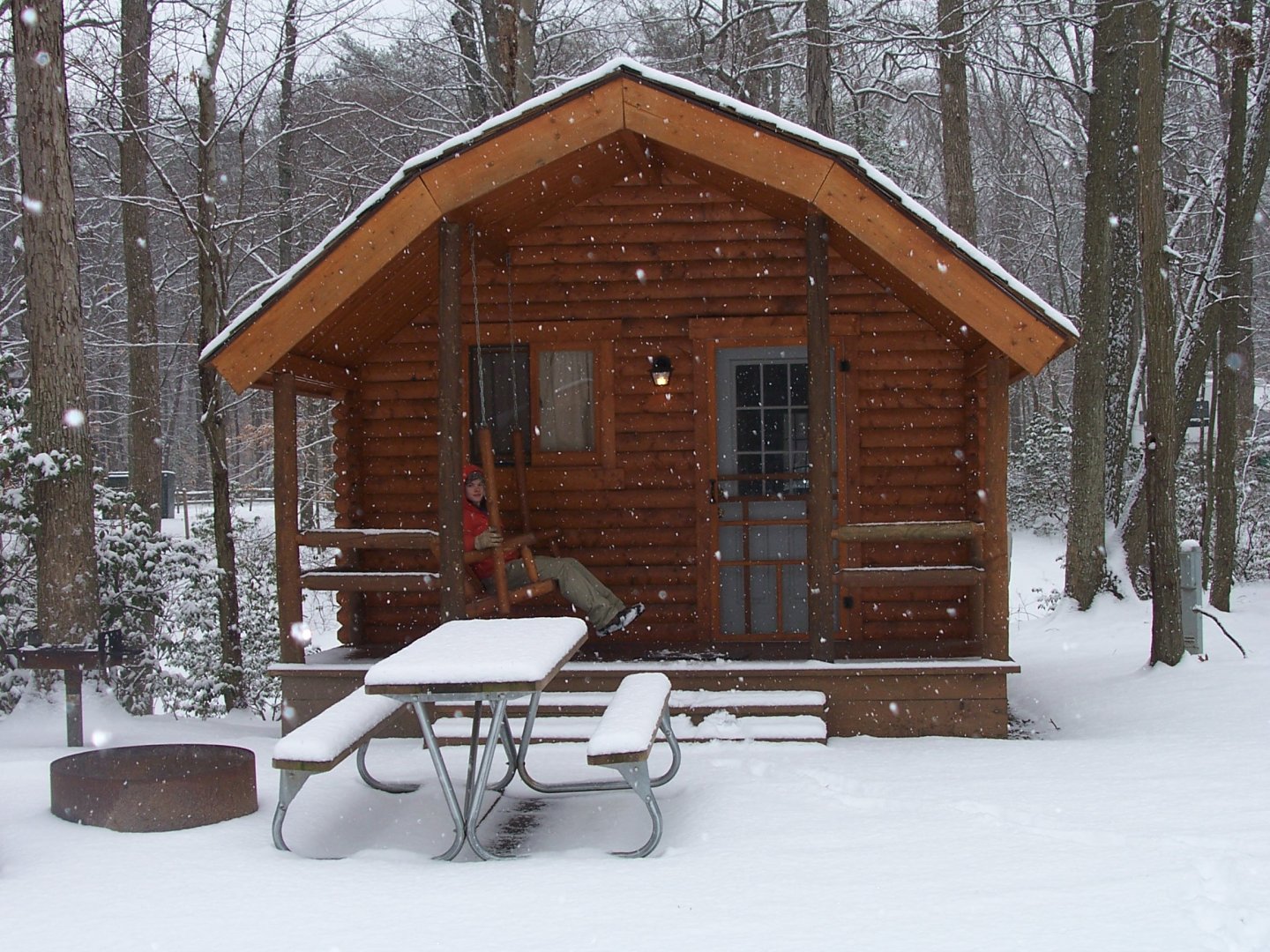About Nova Parks
The Story of NOVA Parks

From our founding to the rich histories of the lands we protect, explore the stories that shaped NOVA Parks and the communities we serve. This is where the past meets the parks.
The lands that make up NOVA Parks have always had stories to tell—long before our organization was founded in 1959. From Native American villages and African American heritage sites to water-powered mills and unique ecosystems, these places hold layers of history. By sharing both the story of how NOVA Parks came to be and the histories rooted in the lands we protect, we invite you to explore the past that continues to shape our parks today.
NOVA Parks Through the Decades
NOVA Parks began as a visionary effort to protect open space in Northern Virginia—and that mission has grown into a thriving regional park system preserving over 12,000 acres. This timeline of milestones from 1959 to today, traces the growth, conservation efforts, and community impact of NOVA Parks.
1950s: A Vision to Protect Northern Virginia's Future

- 1959: In the face of accelerating suburban development, The Northern Virginia Planning District Commission and a group of visionary citizens from Fairfax County, Arlington County, and the City of Falls Church came together to protect Northern Virginia’s open space. These efforts led to the formation of the Northern Virginia Regional Park Authority (NVRPA) under the Virginia Park Authorities Act. Their mission: to preserve and provide access to the region’s woods, meadows, and waterways for public enjoyment, before they were lost to unchecked growth.
- 1959: NVRPA acquired its first property—115 acres for Bull Run Regional Park—laying the foundation for what would become one of the most diverse regional park systems in the country.
1960s: Early Parks and Community-Led Preservation

- 1960: Bull Run Regional Park officially opens, offering both recreational amenities and preserved natural space, representing the Authority’s first success in balancing development and conservation
- 1961: Land acquisition begins for Pohick Bay Regional Park begins and Hemlock Overlook Regional Park, expanding the park system further into Southern Fairfax County.
- 1964: Local residents protest private development on Mason Neck, a unique environmental area. Their Advocacy accelerates land acquisition for Pohick Bay and sets a tone of community-led conservation that continues to define NOVA Parks’ mission.
- 1969: The Bull Run Regional Park pool opens—at the time, Virginia’s largest swimming pool, holding over 623,000 gallons of water. It was notably desegregated—a progressive stance during an era when many public pools closed rather than integrate
1970s: Trailblazing and Historic Preservation
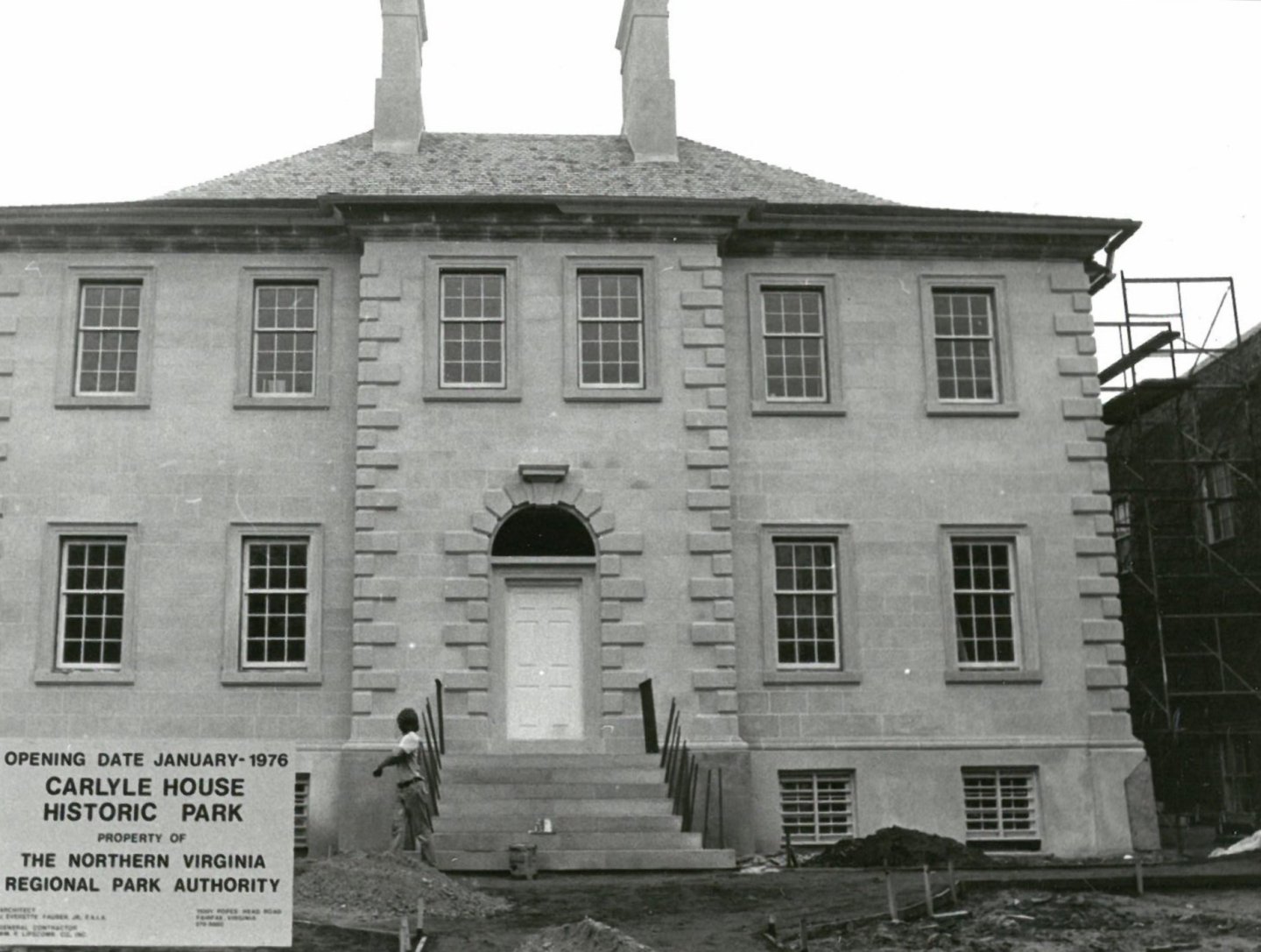
- 1970: NVRPA acquires the historic Carlyle House in Alexandria, beginning a significant commitment to preserving regional heritage.
- 1971: The Fairfax County Planning Commission approves plans for a permanent headquarters building for NVRPA.
- 1972: Pohick Bay Regional Park officially opens to the public.
- 1974: Through a landmark agreement with Virginia Electric and Power Company (VEPCO), NVRPA constructs the first 1.5 miles of the Washington & Old Dominion (W&OD) Trail in Falls Church— marking the birth of what would become a beloved 45-mile rail-trail corridor.
- 1976: The Carlyle House Historic Park opens to the public after a 6-year research and restoration effort. The same year, Algonkian Regional Park opens on land purchased from Pepco, offering access to the Potomac River and a championship golf course.
- 1978: Red Rock Overlook Regional Park is created thanks to a donation by Frances V. Speek and a federal grant. The park preserves panoramic river views and wooded trails above the Potomac River.
1980s: Expanding Educational and Natural Resources
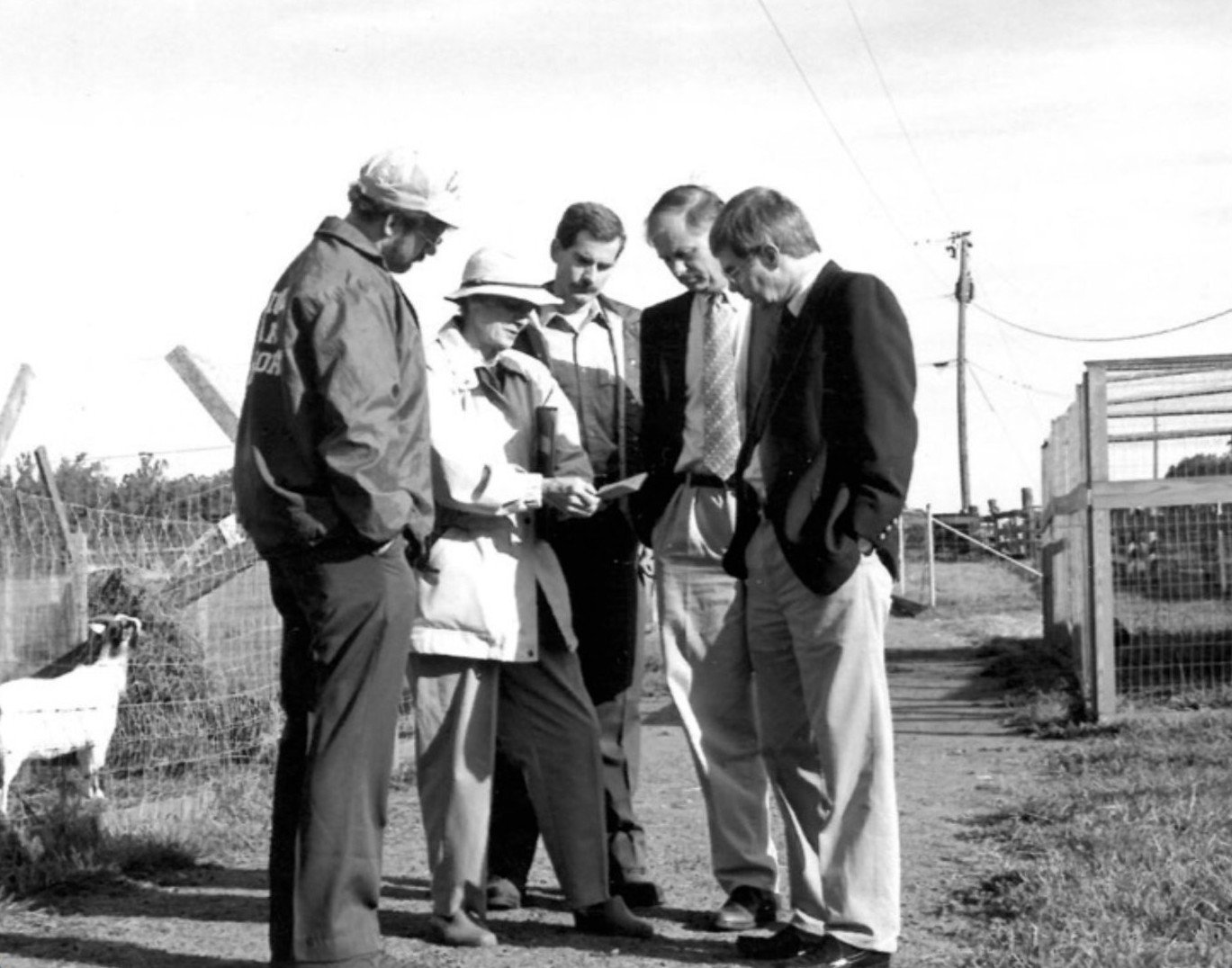
- 1980s: Country Jamboree is hosted for over a decade at Bull Run Regional Park.
- 1980-84: Algonkian Regional Park enhances visitor experiences with the addition of a swimming pool and vacation cottages along the river.
- 1984: Great Waves Waterpark opens at Cameron Run Regional Park as Northern Virginia’s first wave pool and becomes the region's premier summer destination, offering dynamic water recreation beyond traditional pools
- 1985: The 286 acres of land at Temple Hall Farm Regional Park is donated by Mrs. James H Symington. The park preserves working farmland and launches NOVA Parks’ ongoing focus on agricultural education.
- 1987: Meadowlark Botanical Gardens opens, made possible by an original land donation from Caroline Ware and Gardiner Means. It offers a curated natural experience and becomes a cornerstone for environmental education. Means and Ware entrusted their original 74-acres of land to NOVA Parks in 1980. Since then, NOVA Parks acquired 21 additional acres.
- 1988: Blue Ridge Regional Park is created following a donation by Wilberta and Carlton Savage. The park becomes a tranquil retreat for scout and church groups.
- 1989: The inaugural Wheelchair Race of Champions takes place on the W&OD Trail, continuing into DC for a total of 52 miles—demonstrating its accessibility and community role.
1990s: Infrastructure and Venues for a Growing Region
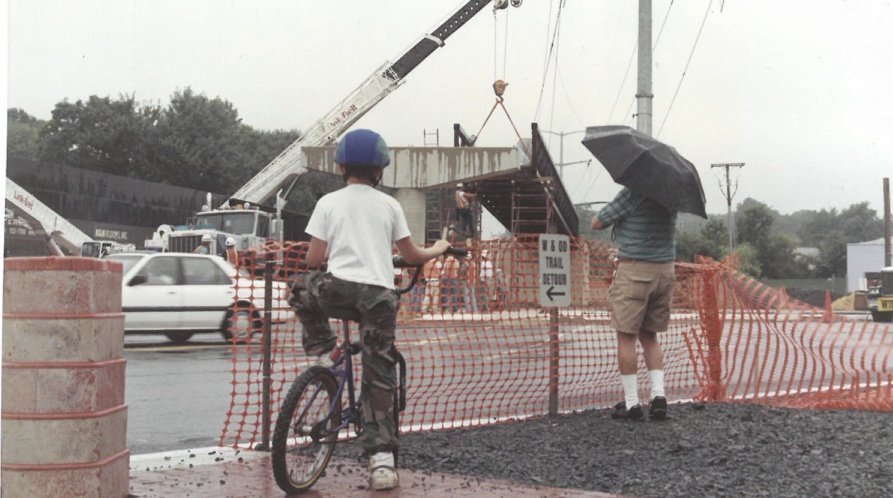
- 1992: Meadowlark Botanical Garden’s Visitor Center opens, featuring a gift shop, a large fireplace, and high vaulted ceilings.
- 1992: W&OD Trail network expands again with the opening of an overpass at Route 7 in Falls Church, a 390-foot bridge improving trail safety and connectivity.
- 1998: The Atrium at Meadowlark Botanical Gardens, a year-round event venue nestled within the gardens, opens to the public.
- 1999: The trail network expands again with a lighted underpass at Reston Parkway, allowing safer passage for cyclists and pedestrians.
2000s: Technology, History, and Strategic Growth

- 2006: NOVA Parks launches the Festival of Lights at Bull Run Regional Park—the first fully LED holiday light show in the U.S., setting a national precedent for sustainability and spectacle.
- 2006: The iconic Aldie Mill Historic Park is transferred to NOVA Parks.
- 2008: Mt. Zion Historic Park, a Civil War-era landmark, is transferred from Loudoun County to NOVA Parks.
- 2009: NOVA Parks purchases 150+ acres that become Gilbert’s Corner Regional Park, adjacent to Mt. Zion, blending natural and historical interpretation.
2010s: Riverfront Parks and New Experiences

- 2008-2012: NOVA Parks undertook a spirited reimagining of its traditional pool amenities—transforming dated aquatic facilities into themed waterparks designed to delight families and capture imaginations
- 2013: NOVA Parks partners with the Audubon Naturalist Society to acquire Webb Sanctuary and lease Rust Nature Sanctuary, preserving ecologically important land.
- 2013: Meadowlarks’ Winter Walk of Lights opens as an immersive, all-LED seasonal display.
- 2014: White’s Ford Regional Park opens along the Potomac, offering trails, shoreline access, and a tranquil setting north of Leesburg.
- 2018: Occoquan Regional Park undergoes major enhancements, including the opening of The River View event venue, Brickmaker’s Café, and a scenic 5K loop trail.
- 2019: The groundbreaking for the Turning Point Suffragist Memorial is held at Occoquan, honoring the women imprisoned for their role in the suffrage movement.
2020s: A New Chapter of Conservation and Celebration
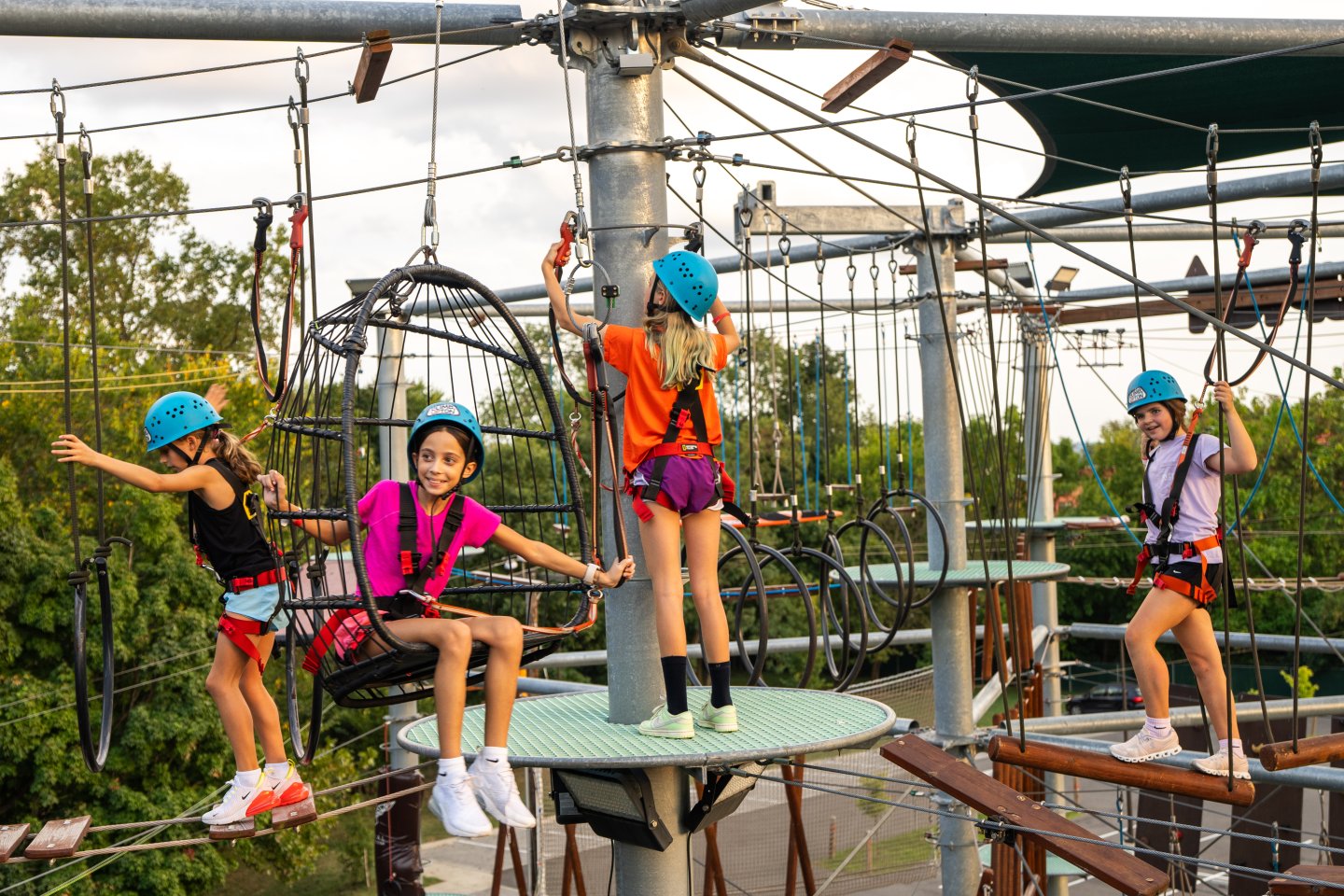
- 2021: Climb UPton, a $1.3 million ropes course, opens at Upton Hill Regional Park.
- 2022: Winkler Botanical Preserve is acquired, adding 44 acres of pristine forest to the parks system.
- 2022: 128 acres along the Potomac (Springdale property) are preserved in northern Loudoun County.
- 2022: At Bull Run Regional Park, NOVA Parks historian Paul McCray identifies 110 graves at the Harris family cemetery site, most of them unmarked.
- 2023: Hemlock Overlook Regional Park is inducted into the Old-Growth Forest Network, becoming Fairfax’s first recognized old-growth forest.
- 2023: Cattail Regional Park, 85 acres in Loudoun County, is added—becoming the 36th park in the system.
- 2024: The 50th Anniversary of the W&OD Trail is celebrated with events and community engagement.
- 2024: Construction wraps at Reservoir Park, a collaboration with Loudoun Water that brings new public access to protected lands and water.
Stories of the Land
Discover the diverse histories tied to regional parklands. These stories highlight Native American heritage, African American experiences, early industries, and the natural landscapes that define Northern Virginia. Collected from parks across the region, each story offers a glimpse into the people, cultures, and environments that came before—and continue to shape—regional parks.
The Pillars of NOVA Parks
GET INVOLVED WITH THE NEXT CHAPTER
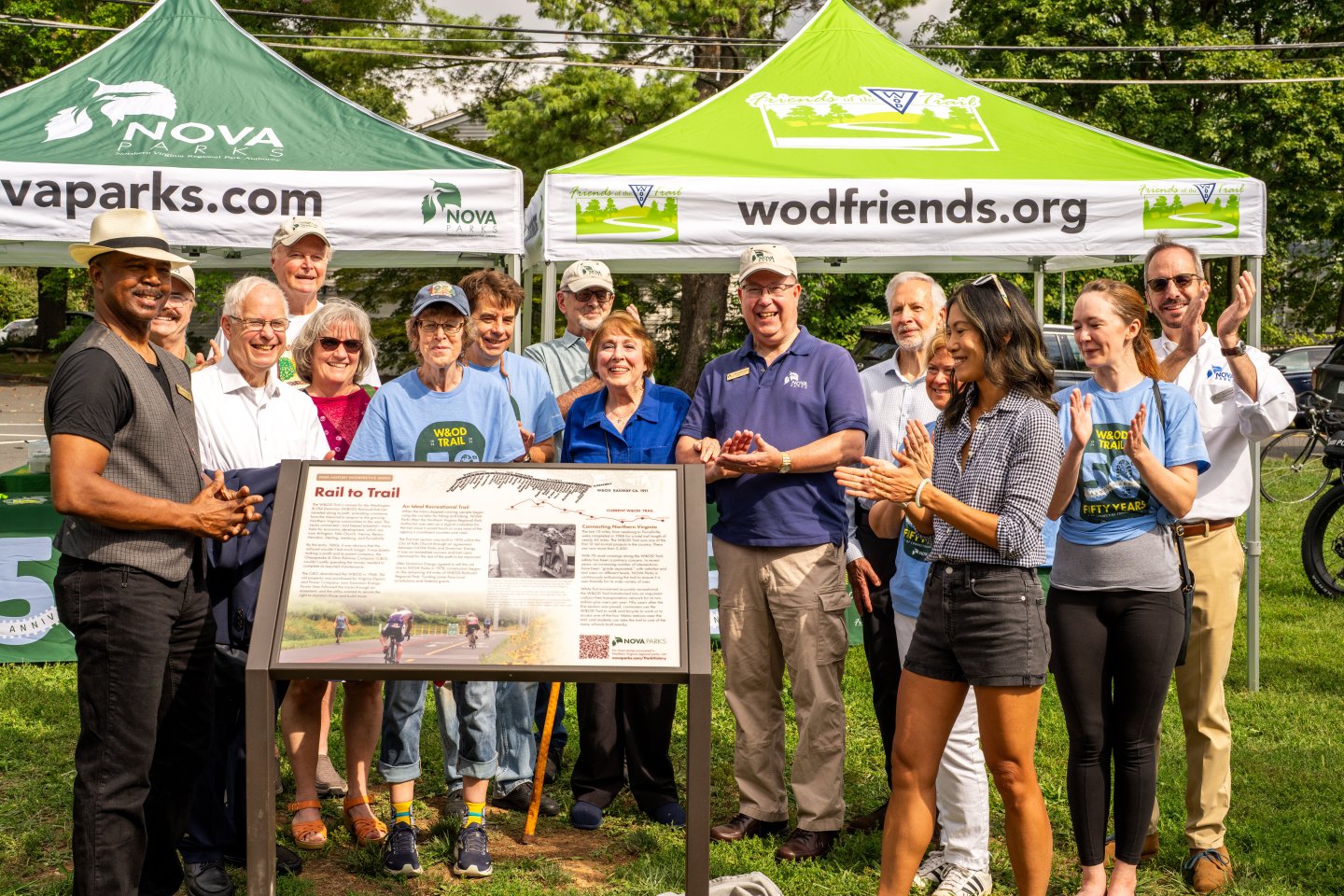
NOVA Parks in the News
NOVA Parks continues to grow, evolve, and protect the natural and cultural heritage of Northern Virginia. From new projects to community programs and conservation initiatives, there’s always something happening in your parks.
Support Our Mission
Your donation helps preserve historic lands, protect natural habitats, and enhance outdoor spaces for generations to come. Whether you’re giving in memory, supporting a specific cause, or making a general gift, every contribution makes a difference.


